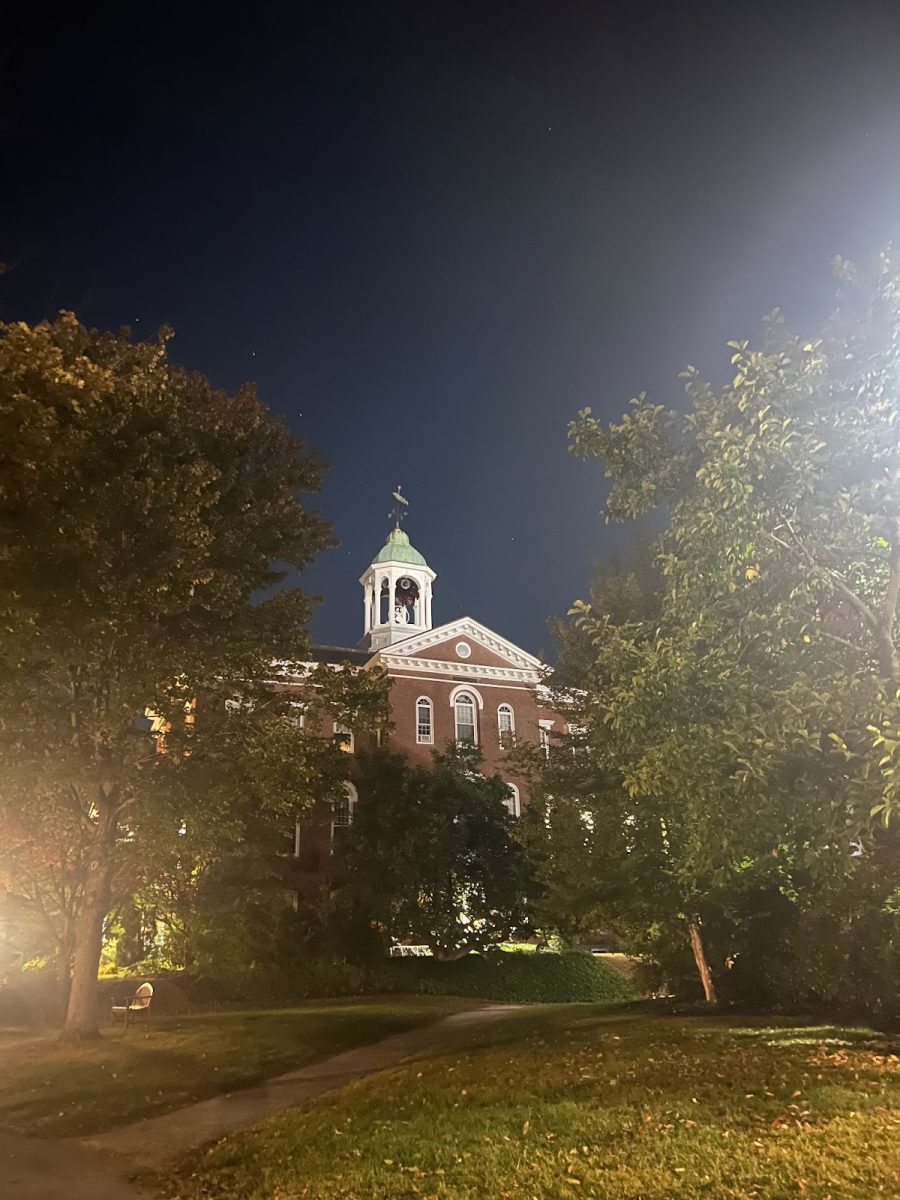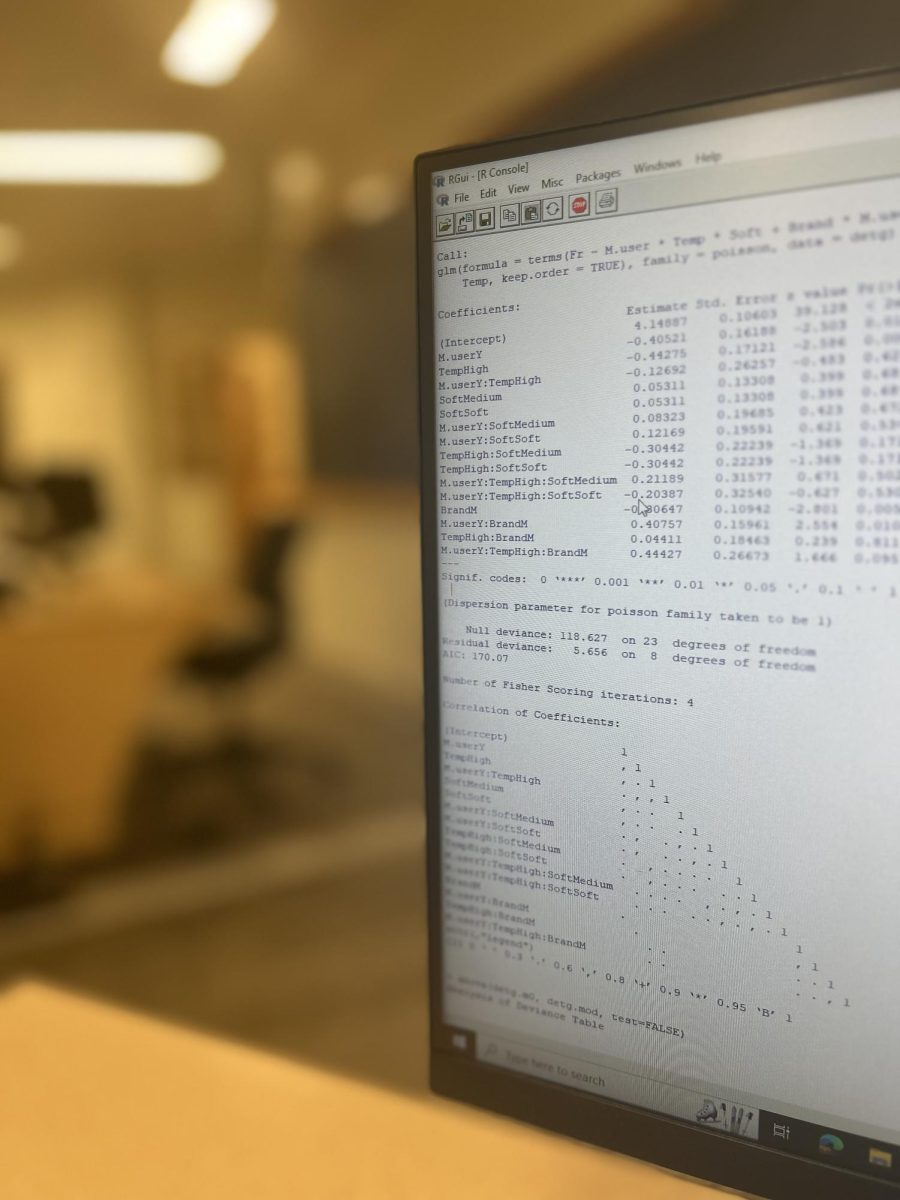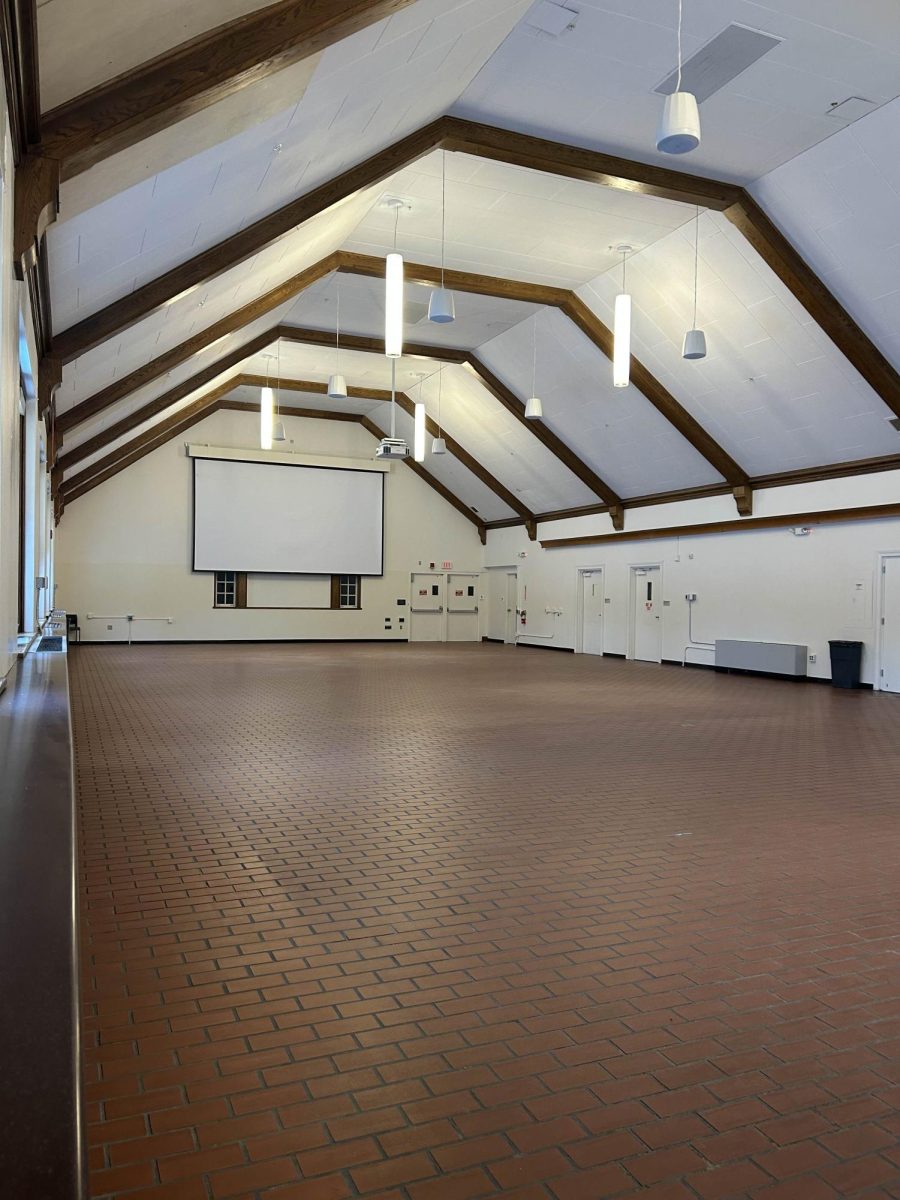On Monday January 21, Chad Posick, a Criminal Justice and Criminology professor at Georgia Southern University held a lecture as part of the MLK Day events program called “At the Intersection of Race, Gender and Geography: Criminal Justice Sentencing in the United States.” Posick is situated in Statesboro, Georgia— a small, rural town outside of Savannah. Most of his research involves reaching out to rural communities to attempt to understand issues they face around poverty, unemployment, drug use, and sentencing.
“Today, I’ll be talking about prison incarceration,” began Posick, “Hopefully, what this will do is to get us a better understanding of sentencing overall in the United States, and maybe how we can go into these areas and try other types of strategies to one: reduce the prison population, and two: make sure those who receive any kind of punishment get the rehabilitation services that they need to move forward and not be plagued by a criminal record.”
Part of his research looking at jurisdictions around the United States is identifying disparities and biases in the Criminal Justice System. “What disparity on its own basically means is that there is a difference. There’s a disparity in the height of basketball players compared to college students, right? Does that mean that it’s a bad thing or a good thing? No, it’s just a disparity,” said Posick. “However if we think of bias, ‘is there a bias between groups of individuals?’ Well this is a difference that is due to some sort of preferential treatment or favoritism towards one group or one person over another. So disparity is sort of a neutral term where bias is a negative term.”
While a lot of research is being conducted on how race and gender influence sentencing, there is a lack of data collected on how geography works into the equation. Many of the issues that people living in rural areas face are different from those living in urban areas. According to Posick rural areas “tend to have a focus on natural goods and biodiversity, and mostly what you see that the norm context is is contact with nature and open spaces” while “Urban areas tend to be more focused on health, academics, engineering, working in factories, and the context is more contact with people. So there’s a little bit more individualism and isolation out in rural areas and a little bit more egalitarianism and working-with-each-other in urban areas.”
In the middle of the lecture, Posick showed a video of Natalie Collier, president and founder of the Lighthouse Black Girls Projects, deliver a speech called “Blurred Focus: The State of Black Women in the Rural South” – if you’d like to check it out, it’s on Youtube. During her speech, she highlighted how most of the numbers and statistics reporting disparities in the criminal justice system are conducted in urban areas, ignoring disparities in rural areas. Her speech gave voice to the experience of black women living in the rural south where there is little to no industry and limited access to homeless shelters and healthcare.
What Posick’s research attempts to do is provide a rural data set on the disparities in sentencing that should be added to the wider picture of the injustices of the criminal justice system. “What we’re starting to do is to look at state court processing data. So this comes from statistics that were gathered from 1990 to 1998…What’s good about this data is that it includes felony arrests as well as incarcerations of almost 130,000 individuals across 59 counties in the United States. So we can understand a little bit about characteristics of those counties as well as those individuals in those counties to examine incarceration and admissions into prison.”
His research has shown that regardless of race, ethnicity or gender, those in rural areas are more likely to be incarcerated for the same crimes as their urban counterparts. An interesting prospect in his research shows that the more diverse a county is the less disparity there is in the way that people are sentenced.
This leads into possible things that can be carried out to reduce discrimination in the justice system. In his talk, Posick focused on sentencing commissions—groups that try to understand issues and implement strategies to reduce bias in sentencing.
“We have to make sure we’re getting enough data from rural, suburban, and urban areas—all three of those to really understand this issue. And we need to analyze those data. So these commissions can be responsible for providing the funding and organizing the analysis of data so we have a well-rounded database on all the information that we can get on individuals and the communities they come from and then make sure to identify any disparities for any group—so it can be race, ethnicity, gender—but also narrowing it down by sexual identity, veteran status, all of those groups that we think may or may not be treated differently by the criminal justice system.”
Categories:
How Gender, Race, and Geography Play a Role in Sentencing
January 30, 2019
0
Donate to The Bates Student
$1500
$1500
Contributed
Our Goal
Your donation will support the student journalists of Bates College and help us cover our annual website hosting costs.
More to Discover







